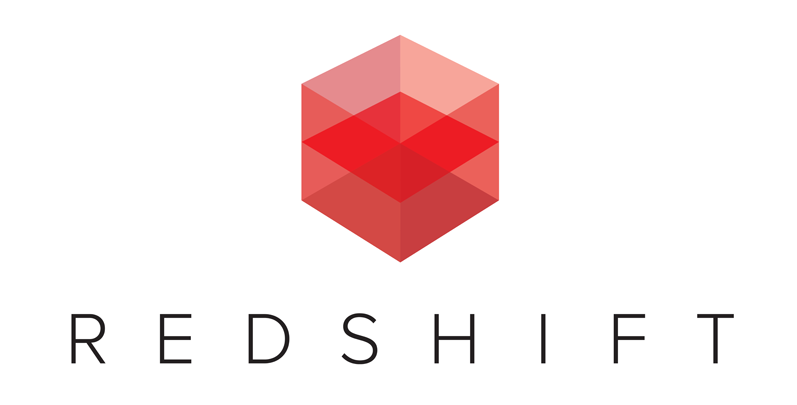Maya 2016 ships with Arnold now. Good bye, Mental Ray
SIGGRAPH 2016 is full of surprises.
Autodesk announced that with Maya 2016 they decided to ditch Mental Ray and replace it with Arnold. I gotta say... Of all things AD did over the years...
This is kinda cool.

Still, AD being AD, batch rendering will cost you extra.
Luckily, interactive rendering (that is rendering from Maya) doesn't require a separate Arnold license. This means that Maya now comes with probably the most renowned production rendering solution (albeit CPU-only) by default.

Not bad... Not bad at all, AD.
Using Cloth Simulation and Delta Mush Deformer for Skin Collision in Animation
I'd like to present the results of a study I conducted recently:
Story
Working on the animated short film I am constantly updating a list of tasks to do in order to achieve a descent final result. One particular topic took my sleep away recently when I remembered that in order to correct skinning errors on animated characters you'd either have to sculpt and then script a bunch of blend shapes or would need a muscle system available in your DCC software.
I then turned to Maya, which has had a muscle system for ages.
Maya Muscle system
Maya provides several deformers to manage soft- and hard-tissue interaction between muscles like smart-, self- and multi-object collisions. Even though they aren't terribly performant, they get the job done.

Unfortunately as soon as I would've used any of Maya's Muscle system tools I'd be tied down to a 185$ a month subscription plan for the whole duration of the project which would be outrageous. There is a lite-version of Maya available for indie gamedevs — Maya LT — which only costs 30$ a month, but it doesn't come with the Muscle system.

Hence I had to improvise and develop a simple and straightforward solution for this problem in a DCC of my choice.
Eric Thivierge's blog post on Softimage EOL: a year later
It's been over a year since Eric Thivierge, talented TD and creator of Species for Softimage as well as a set of other powerful tools, shared his feelings on Softimage XSI EOL.

First I'd like to post this quote because it perfectly reflects my feelings on the subject:
At this point I’d like to take the opportunity to say that I truly believe that Softimage got user interaction and a non-linear flexible workflow right. No other application I’ve used has anything close. The construction stack, ICE, native Object Oriented API, and countless other features go unmatched. I don’t want to use another application and it’d have been great to go my entire career not having to transition over to something else. The idea to end Softimage was one of the worst I could imagine and it was handled really poorly by Autodesk. They didn’t even have comparable replacements for things such as ICE. We’re still waiting for this stuff in Maya while other companies have been able to fly past with relative ease and implement similar workflows.
I want to comment on some of Eric's thoughts on the topic of moving on. The reasons mainly. Of course I am not an industry professional and just a hobbyist. I don't have to adapt to the DCC market, so this post should be taken with a grain of salt.
Redshift v2 demo available
After a long period of beta-testing version 2.0.44 of Redshift has finally been made available for everyone to try and play with.

If you don't know what Redshift3D is, it's a biased GPU renderer unlike many other GPU path tracers out there. To put it simply - it's like a supercharged VRay with all biased goodness like irradiance caching, photon mapping and precalculated SSS. Together with the new OpenVDB support it all makes Redshift a blast to work with.
Literally.

Here's what's new in 2.0 VS 1.3:
All V1.3 features PLUS:
- New “Redshift Material” which more closely follows the PBR paradigms (“metalness”, etc)
- New specular BRDFs (on top of the Ashikhmin-Shirley): GGX and Beckmann (Cook-Torrance)
- Nested dielectrics
- Multiple dome lights
- Baking
- Dispersion (part of the Redshift Material)
- OpenVDB Support
- Improved multiple-scattering model (part of the SSS, Skin and Redshift Material)
- Single scattering (part of the Redshift Material)
- Support for alSurface shader
- Linear specular glossiness/roughness response
- Improved photon mapping accuracy for complex materials
- Physically-correct Fresnel for rough reflections
- New SubSurfaceScattering and SubSurfaceScatteringRaw AOV types
- AOV improvements for blended materials
- NVidia Pascal GPU (GTX1070/1080) support
- Automatic memory management
- Better importance sampling of bokeh images
- Texture reference object support (Maya)
You can join the discussion on the official Redshift forums.